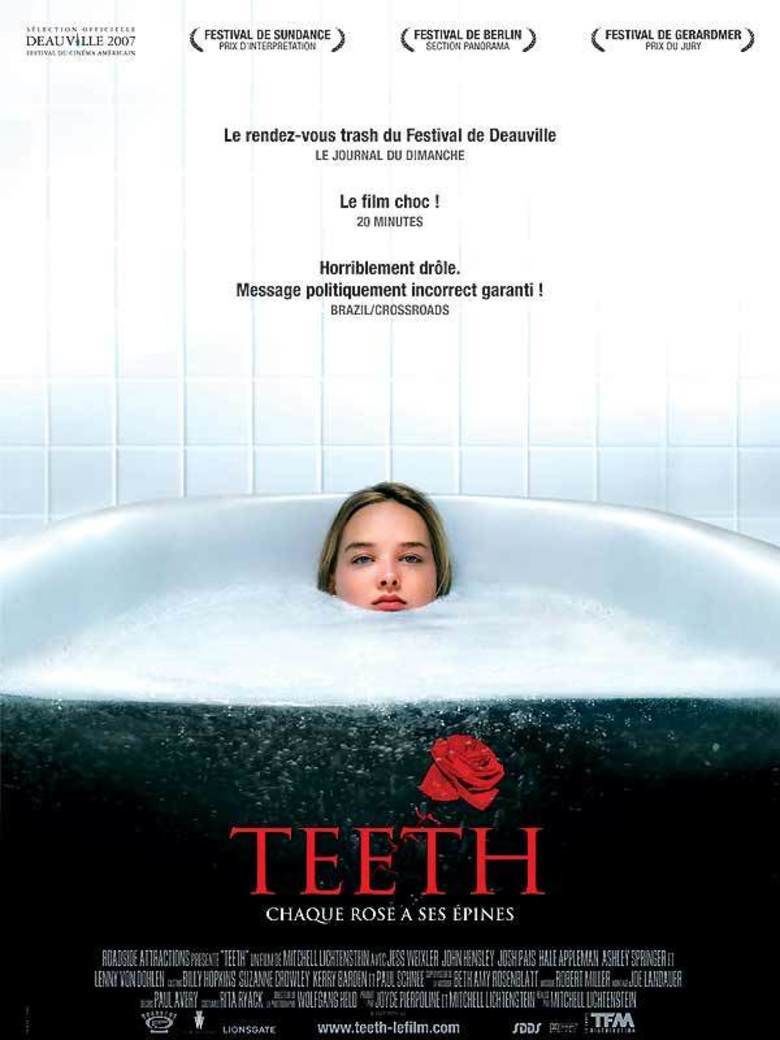HORNY/BORN
As I wondered around Prague, I found this art exhibition the most exciting and it linked with my work very well. The information was only available in Czech, so I decided to look at it just by making links to my project and how it could help me with my final pieces.
It seemed like they played with the idea of actual horns and the slang word for being sexually aroused, being “horny”. The first piece the public could see were the horns, and then the exhibition continued by showing many plaster breasts on a wall, indicating developments in the use of the word ‘horny’. There were then a collection of pieces that resembled very abstract vaginas; some contained hundreds of teeth, some contained what looked like nests.
This exhibition definitely caught my attention with the use of humour by using a collection of horns to begin it, which is something I’d like to look into with my own work. Using politics is a good way to do this, as it’s a very serious subject, but is joked about all over the media and television. I’ll have to look into particular artists who use humour in their work and begin from there.
I also enjoyed the abstract spiked vagina, which could possibly be about vagina dentata, a folk tale that women’s genitalia contain teeth. There is also a film named “Teeth” (2007) that is based around this folk tale, and is known for it’s dark humour and feminist undertones.
I also found there famous art pieces here:
‘The Memorial of the Victims of Communism’
At the base of Petřín hill, on Újezd Street, stands a group of bronze statues portraying seven broken, decaying men descending a flight of stairs. This disturbing procession is the work of sculptor Olbram Zoubek and architects Jan Kerel and Zdeněk Holzel. The sculptures are a memorial to the victims of communism in the Czech Republic. The memorial contains seven phases of a man living in a totalitarian state – from the first statue being a full man, up to the last statue where only a part of him remains. This evaporation represents the gradual physical and psychological destruction of humanity under a totalitarian regime. A bronze strip that runs along the center of the memorial tells the terrible truth: during the years between 1948 and 1989, 205,486 people in the former Czechoslovakia were found guilty for political crimes, 248 were executed, 4,500 died in prison, 327 died when trying to escape the country and 170,938 people fled or emigrated.
‘Man Hanging out’
First created in 1996, the work known as “Zavěšený muž” (“Man Hanging Out”) is the vision of Czech sculptor David Cerny, who chose to depict the psychoanalyst in his constant struggle with this trepidation. Many of Cerny’s works are seen as somewhat deliberately provocative, and this one is no different. This unique sculpture, situated in Prague’s Old Town, is not easily noticeable, as it requires passers-by to look up to the tops of the houses around them. It depicts the psychoanalyst Sigmund Freud hanging by a hand, pondering whether to hold on or to let go. It is an unexpected and eye-catching sight, though quite disturbing at the same time. ‘Man Hanging Out’ has often been mistaken for a real suicide attempt and has prompted calls to the Czech fire station and police. Sigmund Freud was born in Freiberg, which is now part of the Czech Republic. During his life Freud suffered from a number of phobias, including the fear of his own death. The sculpture can be seen at the intersection between Husova and Skorepka streets.




















































































